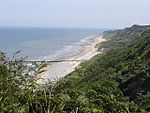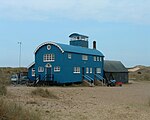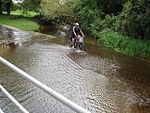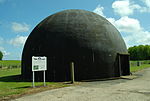Morston
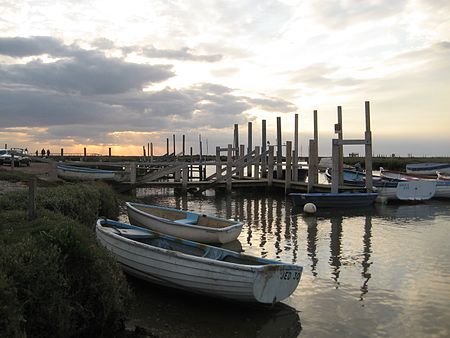
Morston is a village and civil parish in the English county of Norfolk. It covers an area of 8.68 km2 (3.35 sq mi) and had a population of 86 in 42 households at the 2001 census. The population remained less than 100 at the 2011 Census and was included in the civil parish of Blakeney. For the purposes of local government, it falls within the district of North Norfolk. The place-name 'Morston' is first attested in the Domesday Book of 1086, where it appears as Merstona. The name means 'marsh town or settlement'.Like its neighbour Blakeney, Morston, used to be a major port 400 years ago, but is now only used by a small number of fishing boats, leisure craft and the regular seal watching trips which leave for Blakeney Point. Morston Hall restaurant owned by Galton Blackiston is located in the parish.
Excerpt from the Wikipedia article Morston (License: CC BY-SA 3.0, Authors, Images).Morston
The Street, North Norfolk Morston
Geographical coordinates (GPS) Address Nearby Places Show on map
Geographical coordinates (GPS)
| Latitude | Longitude |
|---|---|
| N 52.95466 ° | E 0.98812 ° |
Address
The Street
NR25 7AA North Norfolk, Morston
England, United Kingdom
Open on Google Maps

